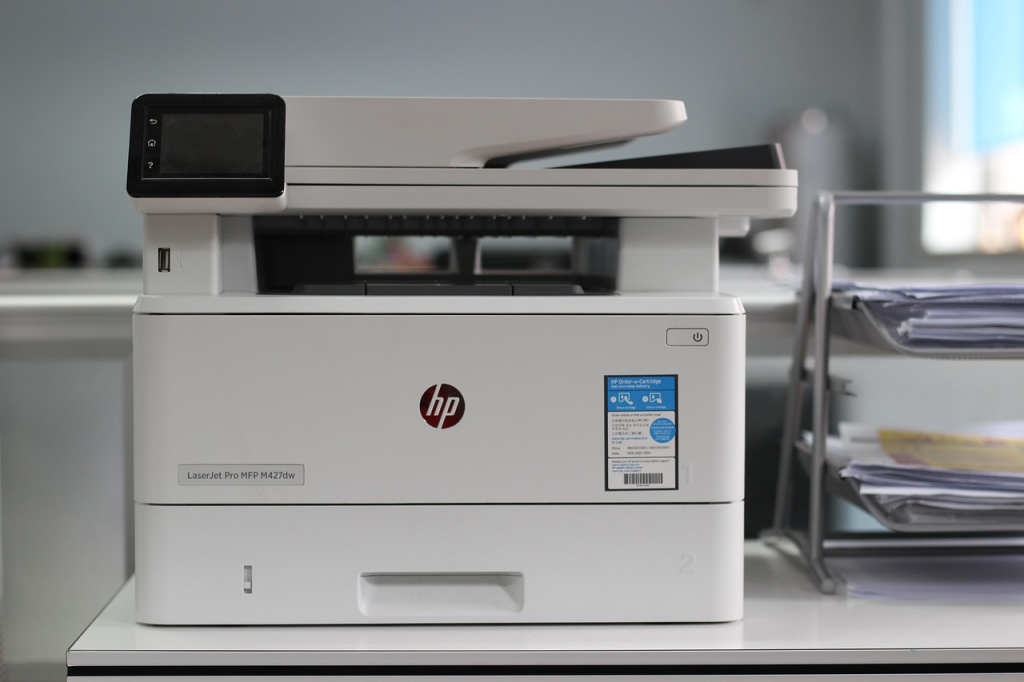Essential KPIs for Optimizing Print-on-Demand Infrastructure

The management of print-on-demand infrastructure requires constant measurement and enhancement, and key performance indicators or KPIs are the roadmap to all successful providers. In the case of such business as Artelo, which collaborates with artists and art businesses and provides print and frame services in-house and ships them under the brand of the seller, the appropriate KPIs help to see the operational strengths, the growth potential, and the customer impact.
The importance of KPIs in Print-on-Demand
Monitoring the right KPIs converts business operations into quantifiable results, which assists print-on-demand providers to compare themselves with the industry benchmarks and rivals. These numbers allow understanding what is working, what can be improved, and where the next investments should be made. With a business model that has so many moving parts (intake of artwork, order fulfillment, and branded shipping, etc.), KPIs are used to keep the artistic quality and business efficiency at the same time.
Leveraging Integrations
Print-on-demand businesses with robust infrastructure typically rely on their print-on-demand integrations to seamlessly connect e-commerce platforms, automate order flows, and enhance reporting. These integrations enhance operational transparency and real time decision making, which is essential to KPI excellence.
Order Fulfillment Time
Order fulfillment time is one of the keystones of print-on-demand infrastructure. This KPI measures the average time the buyer waits between placing an order and receiving it, which determines the experience and satisfaction of the buyer. In the case of studios such as Artelo that offer high quality and prompt delivery in the name of the artist, the reduction of the fulfillment time takes precedence. This time reduction typically includes simplified workflow, real-time production monitoring, and good logistic relationships.
Delivery Cost Percentage
Delivery cost as a percentage of total revenue is another linchpin KPI. The management of this measure will make sure that logistics investments do not dilute the profits. Companies that produce and deliver large or delicate products, such as framed art, will find it very helpful to periodically review the ratios of delivery expenses and negotiate with shipping partners more favorable rates, keeping the costs in check with overall company development.
Reprint Rate and Quality of Print

The art world is very sensitive to quality control. The reprint rate, which is the rate that measures the number of orders that require a reprint because of defects or mistakes, illustrates the quality of the production process and cost effectiveness of the operations. A high reprint rate may indicate a problem with equipment calibration or staff training whereas a low rate emphasizes the uniformity of standards. In the case of Artelo, the quality of the print should be accompanied with the reliability of the production since any mistakes can influence the relations of the artists and their reputation.
Machine Utilization Rate

The effective use of hardware is a characteristic of a well-tuned print-on-demand business. The utilization of machines–what percentage of the available production capacity is utilized–indicates the availability of increased throughput or better production schedules. An efficient print floor will not only print more and faster but also less wear and tear, less downtime in maintenance and less labor costs that are unnecessary.
Gross Profit Margin
Knowledge of gross profit margin is the basis of long-term sustainability. This KPI is a percentage of revenue left after the direct cost of production (such as paper, ink, and frames) has been deducted. In the case of Artelo, which works with high-quality materials and in-house production, keeping the margins under tight control will guarantee the further competitiveness of the company and provide it with the ability to produce artist-quality products.
Customer Lifetime Value (CLV)
Good prints and proper delivery make first-time buyers become regulars. CLV counts all the money a customer generates during the time they have been in business with the company and uses this to determine how to invest in customer care and focus on marketing. In the case of Artelo, the long-term relationship with artists helps not only to get repeat sales but also to have a valuable word of mouth referral in the world of creators.
Customer Feedback & Net Promoter Score (NPS)
The optimization picture is completed by customer-centric measures such as NPS and feedback scores. These KPIs demonstrate the probability of artists and art businesses to recommend Artelo, and they indicate strong and weak aspects of the services. Consistently collecting feedback maintains a feedback loop of constant improvement and allows identifying small problems before they become serious.
Bringing It All Together
To optimize print-on-demand infrastructure, one must not simply have a passion for art, but a culture of measurement. The informed decisions can be converted into sustainable growth by being focused on KPIs such as fulfillment time, delivery cost, reprint rate, machine utilization, gross profit margins, CLV, and NPS. In the case of providers such as Artelo, the art of refinement of such metrics places superior art and the successful artist enterprises in the center of the digital market.



Leave a reply